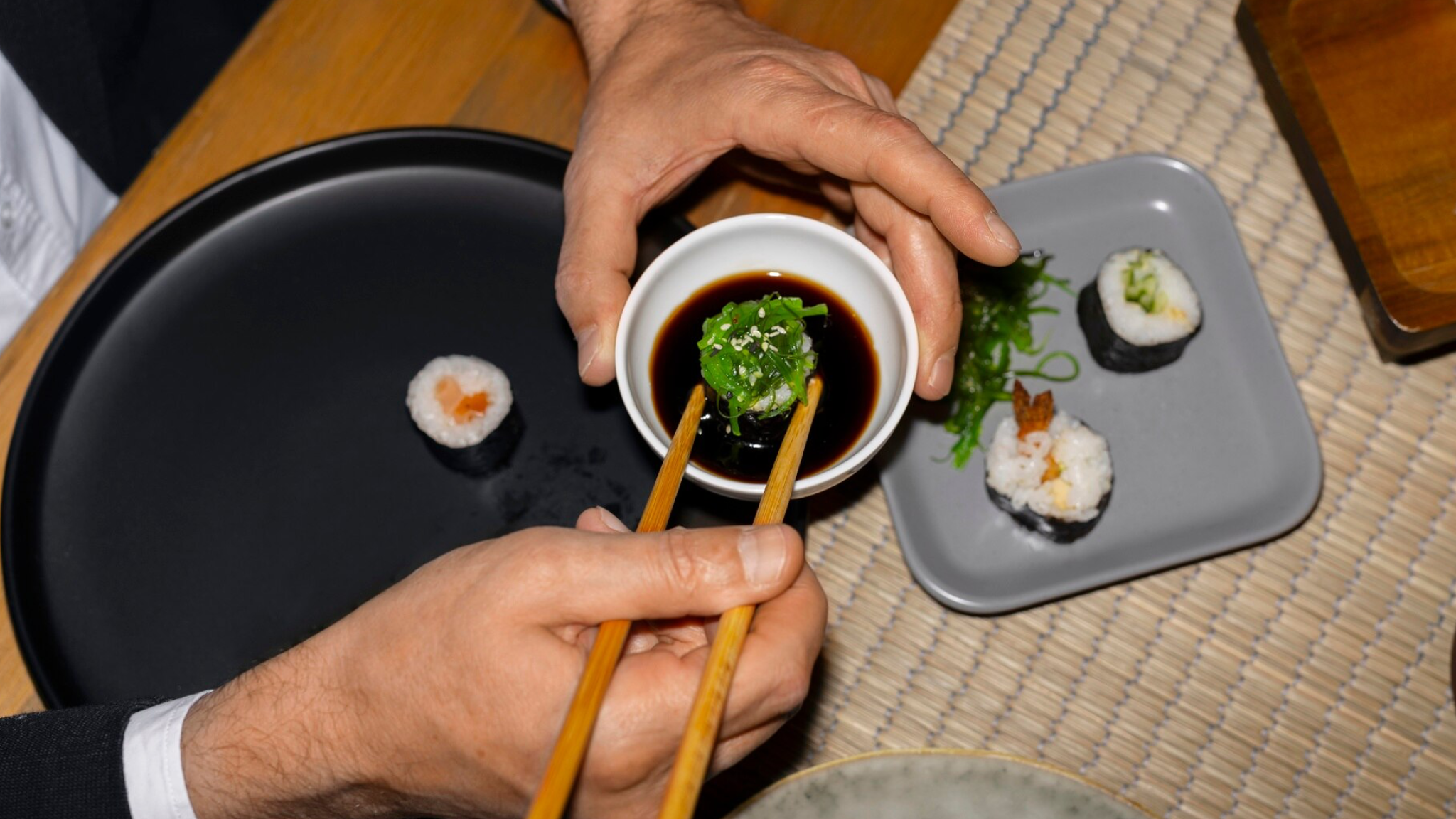Japanese Etiquette for Tourists: Essential Tips for a Respectful and Enjoyable Trip
Japan is a country renowned for its rich traditions, polite culture, and deep respect for manners. When visiting, understanding Japanese etiquette for tourists not only enhances your travel experience but also shows appreciation for the local culture. While Japanese people are generally forgiving of cultural misunderstandings, a bit of effort goes a long way in creating positive and respectful interactions.
This guide will walk you through the essential Japanese etiquette for tourists, covering everything from dining and transportation to temple visits and gift-giving. Whether you’re exploring Tokyo’s bustling streets or Kyoto’s serene temples, these tips will help you blend in seamlessly and enjoy your stay.
1. Greetings and Bowing: A Sign of Respect

In Japan, bowing is the standard form of greeting. While a slight nod is usually sufficient for tourists, observing and reciprocating bows with a polite gesture can create a warm first impression.
- How to Bow: Keep your back straight, hands at your sides (for men) or clasped in front (for women), and bow at the waist.
- Different Bows for Different Situations:
- Casual Bow: A 15-degree nod for everyday greetings.
- Formal Bow: A 30-degree bow for expressing gratitude or apologies.
- Very Formal Bow: A 45-degree bow used for serious apologies or deep respect.
Pro Tip
While handshakes are becoming more common, especially in business settings, it's best to wait for the other person to initiate.
➤ Next, let’s explore how to navigate public spaces with the right etiquette.
2. Public Behavior: Mindfulness and Politeness

Japan places high importance on consideration for others, especially in public spaces. Whether you're on a bustling train or strolling through quiet streets, a few simple practices can help you respect local norms.
- Quietness is Key: Keep conversations low in public places, particularly on public transport.
- Phone Etiquette: Set your phone to silent mode and avoid talking on the phone while on trains or buses.
- No Littering: Carry a small bag for your trash, as public bins are scarce. Japan prides itself on its cleanliness.
Did You Know?
It's common in Japan to stand on the left side of escalators (except in Osaka, where you stand on the right). Follow the local flow to avoid confusion.
➤ Now that you know how to behave in public, let’s move on to dining etiquette, an important part of Japanese culture.
3. Dining Etiquette: How to Eat Like a Local

Japanese cuisine is a highlight of any visit, and following Japanese etiquette for tourists at the dining table shows respect for the country's culinary traditions.
- Chopstick Rules:
- Do not stick chopsticks upright in rice, as it resembles a funeral ritual.
- Avoid passing food from chopstick to chopstick, as this is also associated with funerals.
- Use the opposite end of chopsticks when taking food from shared dishes.
- Before Eating: Say "Itadakimasu", meaning "I humbly receive", to express gratitude.
- After Eating: Thank your hosts or restaurant staff with a polite "Gochisousama deshita" ("Thank you for the meal").
- Paying the Bill: Place money in the provided tray rather than handing it directly to the cashier. Tipping is not customary in Japan, so simply showing appreciation through polite words is enough.
Tip
If you're unfamiliar with certain dishes, asking questions is okay. The staff will appreciate your interest and respect for their cuisine.
➤ From dining experiences, let’s transition to visiting temples and shrines, where etiquette becomes even more crucial.
4. Visiting Temples and Shrines: Show Respect for Sacred Spaces

Japan’s temples and shrines are peaceful places of worship, and tourists are welcome as long as they follow certain customs.
- Dress Modestly: Wear clothing that covers your shoulders and knees, especially at temples and religious sites.
- Entering Temples:
- Remove your shoes where required—look for designated racks or cubbies.
- Bow lightly before entering as a sign of respect.
- At Shrines:
- Purify yourself at the water pavilion by rinsing your hands and mouth with the provided ladle.
- Approach the altar quietly, toss a coin into the offering box, bow twice, clap twice, and bow again.
Cultural Insight
Photography may be restricted in certain areas, so look for signs or ask for permission before taking pictures.
➤ As you enjoy these cultural landmarks, you may also find opportunities to exchange gifts or share tokens of gratitude, which brings us to the next section.
5. Gift-Giving and Accepting Gifts

Gift-giving is a cherished tradition in Japan, symbolizing respect, gratitude, and goodwill. As a tourist, you might not need to bring gifts, but if the situation arises, here's what to keep in mind:
- Presenting Gifts: Offer gifts with both hands, a sign of respect and humility.
- Receiving Gifts: Accept gifts with both hands, and if possible, wait to open them until later unless prompted to do so.
- What to Gift: Small items from your home country are appreciated, especially high-quality sweets or regional specialties.
Pro Tip
Avoid gifts in sets of four, as the word for four ("shi") sounds similar to the word for death, which is considered unlucky.
➤ Now that we’ve covered important cultural practices, let’s finish with some general tips for navigating Japan with ease.
6. General Tips for Tourists in Japan

To make the most of your visit, here are a few additional etiquette tips:
- Shoes On or Off? In homes, ryokans (traditional inns), and some temples, shoes must be removed. Always use the provided indoor slippers.
- Avoid Pointing: Instead of pointing, gently wave your hand with your palm down when indicating directions or objects.
- Cash is King: Although credit cards are increasingly accepted, many places prefer cash. Carry yen and learn basic Japanese phrases—locals appreciate the effort!
By blending these etiquette practices into your travels, you’ll not only avoid misunderstandings but also create genuine connections with the local culture.
Conclusion: Embrace Japanese Etiquette for Tourists with Confidence
Visiting Japan is a rewarding experience, filled with rich history, warm hospitality, and unforgettable sights. By following these Japanese etiquette for tourists, you’ll not only navigate social situations gracefully but also show a deep respect for the local culture.
Whether you're savoring sushi, exploring ancient temples, or simply strolling through serene gardens, being mindful of Japanese etiquette for tourists ensures a memorable and enriching journey.
Enjoy your adventure in Japan! And remember, a smile and a bow go a long way in making your experience truly special.
You might also like

Nanuku Resort Fiji: A 500-Acre Coastal Paradise

Chumbe Island Coral Park: The World’s Premier Eco-Luxury Marine Sanctuary

Coqui Coqui Residencies: Perfume, Culture, and Heritage in Mexico

Song Saa Private Island: Sensitive Luxury and Marine Conservation

12 Fascinating Fun Facts About Cruise Ships You'll Want to Share
